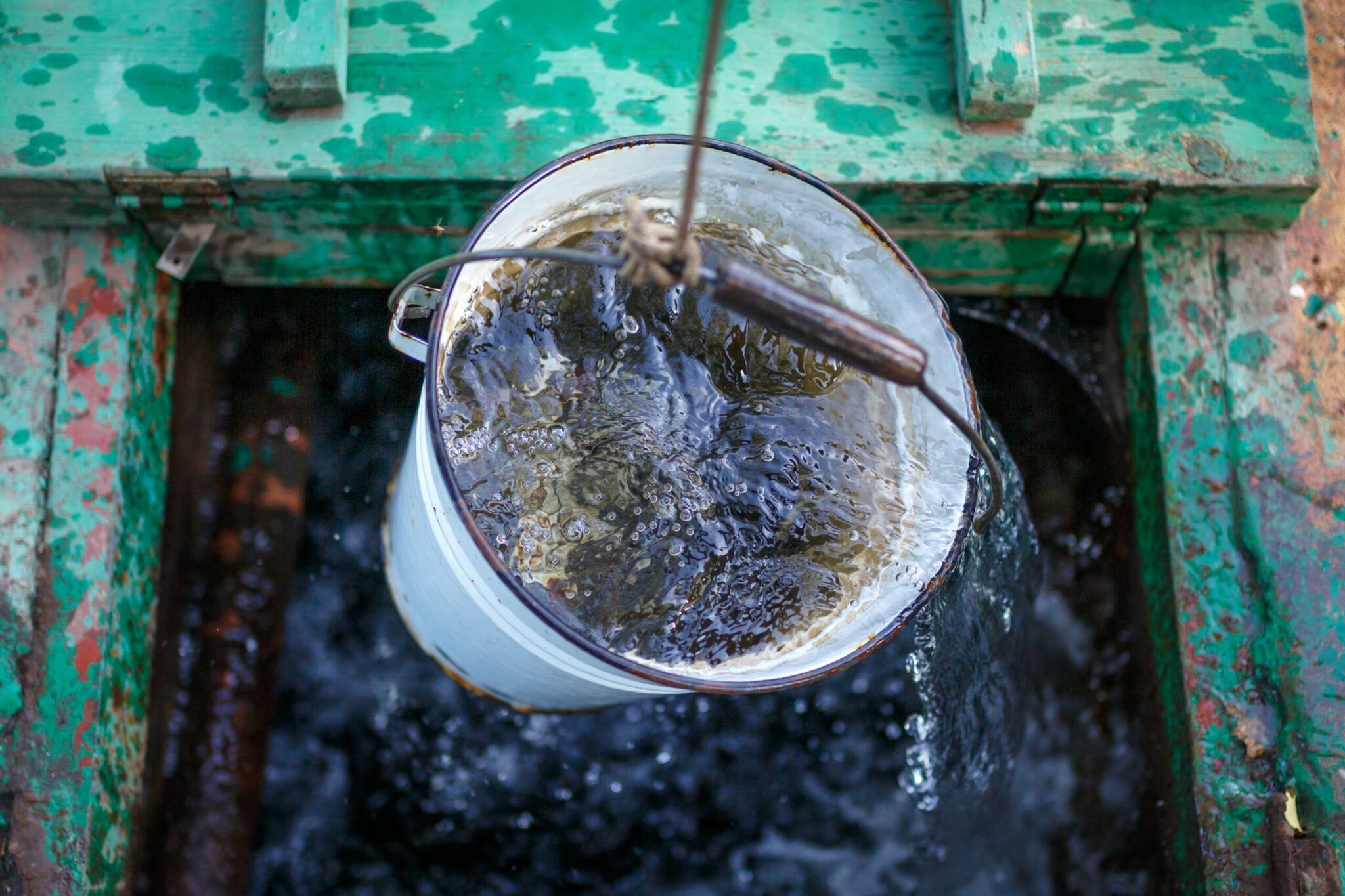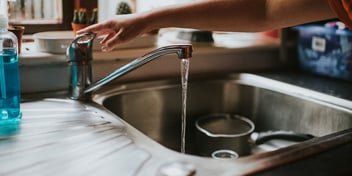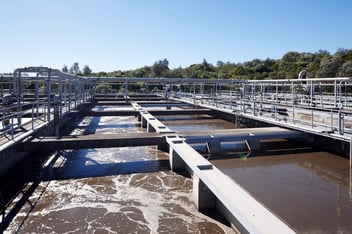Education programs building water literacy around Australia

With water sources and treatment processes varying across Australia, education and engagement programs with a local water focus are crucial to fostering a deeper level of water literacy in both children and adults around the continent.
To celebrate National Water Week (16-22 October), the Australian Water Association’s Water Literacy & Education Specialist Network caught up with three leading utilities about the exciting and effective water literacy programs they’re bringing to their communities.
Take a look below at how Sydney Water, Urban Utilities and Water Corporation are combining important information about local water sources, provision and the environment with engaging activities to bolster water literacy in the communities they serve.
Sydney Water: Wonders of Water Discovery Van
Launched in mid-2022, Sydney Water’s Wonders of Water Discovery Van is a mobile education vehicle that engages the community in conversations about where their drinking water comes from, how it is treated and the need to explore options for water security.
Sydney Water Community Education Team Coordinator Zijun Zhang said Greater Sydney is largely reliant on rainfall, with 85% of its drinking water supplied by dams, and education around water security is one of its key focuses.
“We are using our Wonders of Water vehicle to talk to customers about our long-term plan to deliver water security for generations to come,” Zijun said.
“Sydneysiders will see it popping up at community events, fetes, shopping centres, sporting events, primary schools and public spaces across our vast operating area. As of September 2023, approx. 50, 000 people have interacted with the WoW Discovery Van and Team.
“It’s agile and versatile and allows Sydney Water to take education to the people.”
Zijun said the van’s activities have all been designed around three key water literacy themes that were identified during the research phase of development.
“Initial qualitative research identified three key water literacy themes. These include the urban water cycle, water treatment and filtration methods, and the experience of sourcing water around the world,” Zijun said.
The first activity features a mobile phone-led augmented reality wall that takes participants on a journey through the water cycle of Greater Sydney. The large graphic comes alive through a series of short video sequences on a mobile phone when a QR code is scanned. The video sequences are narrated by a platypus character named Jila – an Aboriginal word meaning permanent water.
The second activity is an arcade game inviting players to journey through the treatment processes throughout the water network in Sydney. Focusing on the role of filtration in making water safe for drinking, this game addresses latent concerns about safety of sources, such as purified recycled water, and leans into the trusted brand position of Sydney Water.
And last but not least, the van’s interactive discovery wheel explores how different cities around the world source and manage their water. The four key water sources highlighted are ground water, rainwater, desalination and recycled water.
“This mobile education van invites all communities across our operating areas – Greater Sydney, Illawarra and Blue Mountains – to build their water literacy,” Zijun said.
“We collect data during every activation and store this information to support reporting. Degrees of interaction depth – light, medium, heavy – in addition to recurring questions or hot topics, are all captured to ensure we can harness interest and curiosity to build water literacy in context.”
Urban Utilities: Top Drop Mini Golf
In Queensland this year, Urban Utilities tasked itself with answering a key water literacy question: how to transform the water cycle from an abstract collection of pipes and pumps into an immersive brand experience?
Urban Utilities Brand & Creative Services Manager Lucille Burkitt said the results exceeded expectations, with the Urban Utilities team developing an irresistible initiative called Top Drop Water Cycle Mini Golf.
“Top Drop is no ordinary game; it's an experiential journey into water literacy. It was also an opportunity for several teams across the organisation to get together, ideate, create, play, and deliver something very cool that they are immensely proud of,” she said.
“This initiative was carefully designed to make learning about the water cycle engaging and enjoyable, transcending the boundaries of age and background.
“Participants embark on a journey with one little drop (their blue golf ball), teeing off on a custom-made 4-hole mini-golf course, with each hole representing a vital aspect of the water cycle. Just how far does that one drop really travel?”
Top Drop made its debut at the Green Heart Fair, in front of an audience of 15,000, and the response was phenomenal, Burkitt said, with 986 individuals participating, immersing themselves in the world of water literacy.
“Participants putt their way through the 'alternative water sources' hole, where they learn about desalination and advance water treatment,” she said.
“Top Drop then continued its journey, engaging communities at five different events across three service areas. In just 12 weeks, an impressive 9220 individuals teed off and navigated their way through the urban water cycle.”
The statistics around user engagement show that: almost 80% of participants expressed feeling more positive about Urban Utilities after completing the Top Drop course; 87% of participants correctly answered that "South East Queensland's drinking water comes from multiple sources, not just dams" (compared to 59% community baseline) and, 92% of individuals knew that "wastewater is treated and made safe before being returned to waterways" (compared to 48% community baseline).
“These figures really highlight the power of experiential learning. Top Drop has not only engaged communities but has also elevated water literacy and brand sentiment,” Burkitt said.
“It demonstrates the potential of innovative approaches to bridge the knowledge gap between utility services and the community. Through engagement, education, and fun, we can create a world where every drop counts, and every individual becomes a steward of this precious resource.”
Water Corporation: Waterwise Schools Program
Launched in 1995, the Water Corporation’s Waterwise Schools Program has a rich history of teaching students about water conservation. Consisting of four exciting and age-appropriate learning sessions, the program explores the water cycle, sustainability and the significance of water in Aboriginal culture.
Water Corporation Team Lead – School Education Nadene Coupar said the Waterwise Schools Program achieved incredible success during the 2022-23 academic year, reaching new heights in student engagement.
“We witnessed an impressive surge in participation, reflecting the program’s vital role in shaping the conservation mindset of the future generation,” Coupar said.
“Our Waterwise Schools program reaches primary and high school students with interactive and engaging activities that inform students about Perth’s water supply, the importance of water conservation and why water is significant in Aboriginal culture.”
The Water Supply program teaches students about our water sources, treatment, and supply of water to every house and business in Western Australia. The Water Conservation incursion aims at increasing water literacy by having students explore how much water households use and ways to reduce water consumption at home and school.
Finally, the Water in Aboriginal Culture incursion aims at teaching students how First Nation’s practices have taught us how to find, filter and transport water, in addition to exposing students to the local Whudjuk Noongar language and stories of animals that all relied on water.
“Our program’s influence doesn’t stop when students leave the classroom,” Coupar said.
“An astonishing 82% of families are likely to make water wise changes in their daily routines after their children participate in the program. This demonstrates the program’s ability to inspire positive actions in households.”
Coupar said Water Corporation measures the program’s success against its key performance target of reaching 50,000 students per year by 2030.
“Our Waterwise Schools Program aligns with the WA Government’s Kep Katitjin-Gabi Kaadadjan initiative, which strives to make Boorloo (Perth) and Bindjareb (Peel) waterwise cities by 2030,” Coupar said.
“The program plays a vital role in achieving this vision by educating and empowering the next generation of water-conscious Western Australians.”


